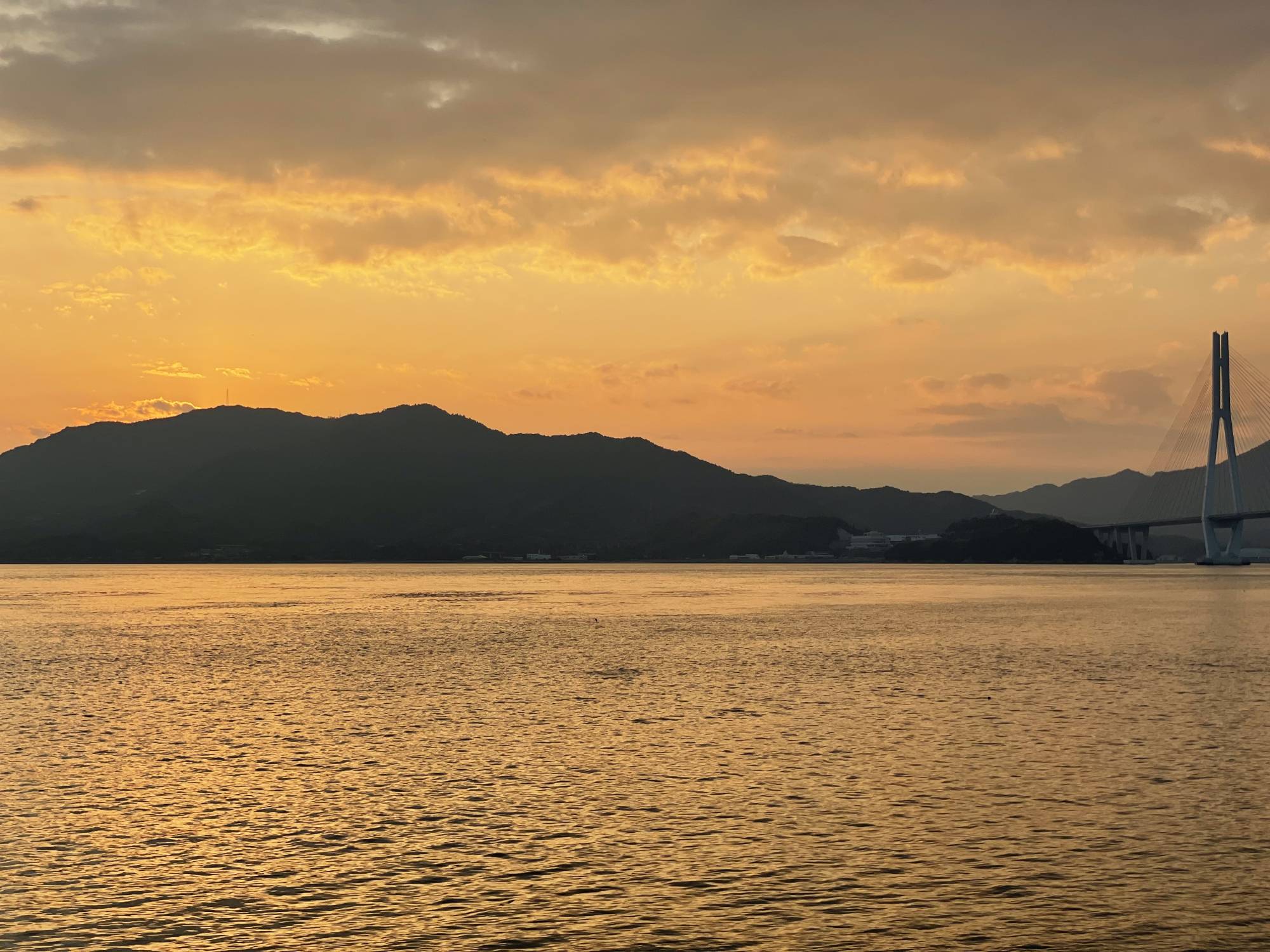Taro and Aki Iwasaki packed up their life in Kyoto to move with their children in 2011 to the island of Osakikami, Hiroshima Prefecture.
It had long been Taro’s dream to return to his parents’ home region of the Seto Inland Sea. The couple now operates Iwasaki Nouen farm, where Taro grows fruits including lemons, tangerines, blueberries, strawberries and kiwis, which Aki then turns into a creative array of jams, cakes, puddings and sauces for the farm’s cafe.
The Iwasakis say that their move to the rural island has opened their eyes to a slower and eminently more fulfilling way of life.
















With your current subscription plan you can comment on stories. However, before writing your first comment, please create a display name in the Profile section of your subscriber account page.